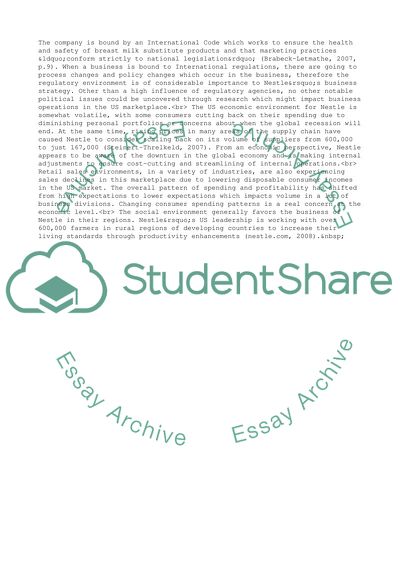Cite this document
(Macro Environmental Analysis: Nestle Term Paper, n.d.)
Macro Environmental Analysis: Nestle Term Paper. Retrieved from https://studentshare.org/business/1728324-business-report-on-nestle-sa
Macro Environmental Analysis: Nestle Term Paper. Retrieved from https://studentshare.org/business/1728324-business-report-on-nestle-sa
(Macro Environmental Analysis: Nestle Term Paper)
Macro Environmental Analysis: Nestle Term Paper. https://studentshare.org/business/1728324-business-report-on-nestle-sa.
Macro Environmental Analysis: Nestle Term Paper. https://studentshare.org/business/1728324-business-report-on-nestle-sa.
“Macro Environmental Analysis: Nestle Term Paper”, n.d. https://studentshare.org/business/1728324-business-report-on-nestle-sa.


